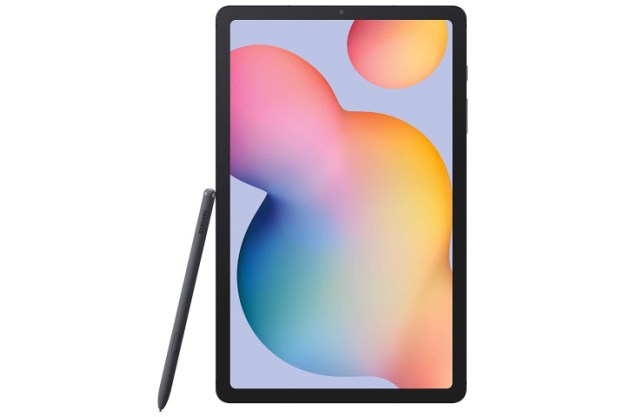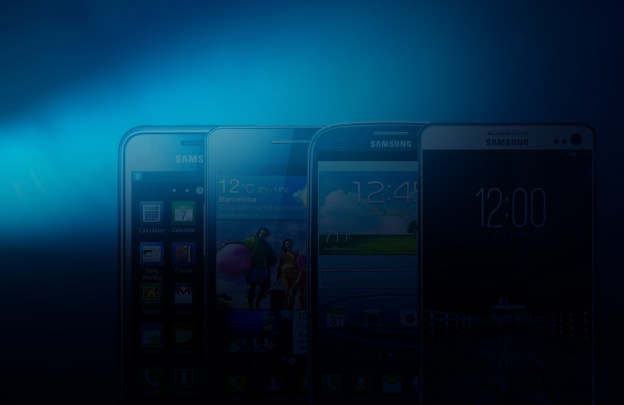 As Android has grown, Samsung has come to completely dominate it. The South Korean manufacturer sold more mobile phones than any other company in 2012, accounting for 22 percent of the market, according to Gartner. Knowing that Android claimed around 70 percent of the worldwide smartphone market in 2012 and IDC research suggests that Samsung was responsible for 42 percent of all Android smartphone shipments during the year. Samsung is the most popular Android phone maker, by far.
As Android has grown, Samsung has come to completely dominate it. The South Korean manufacturer sold more mobile phones than any other company in 2012, accounting for 22 percent of the market, according to Gartner. Knowing that Android claimed around 70 percent of the worldwide smartphone market in 2012 and IDC research suggests that Samsung was responsible for 42 percent of all Android smartphone shipments during the year. Samsung is the most popular Android phone maker, by far.
This success is entirely built on Samsung’s Galaxy brand which has encompassed over 50 separate devices, if you count all the smartphone variants, phablets, and tablets released so far. Samsung has bombarded every niche, every price point, every form factor, every carrier, and every country it can possibly reach.
When the Samsung i7500, also known as the Samsung Galaxy, was released in June 2009, it marked Samsung’s entry into the Android smartphone market. The first Android smartphone, the HTC Dream (or T-Mobile G1), had been released the previous year and the all-conquering Motorola Droid was to land just a couple of months later. Few would have predicted Samsung’s climb to dominance back then. Fast forward to the present day and Samsung is riding high as excitement builds ahead of the release of its newest flagship, the Galaxy S4, which is expected to be the next in line for the Android throne, and could even outsell the iPhone, if it’s lucky.
The S stands for success
Throughout Samsung’s assault on the smartphone market, the company has always been careful to distinguish its flagship line with the letter S.

The original Samsung Galaxy S was released in the summer of 2010 and it has sold over 24 million units worldwide. As a high-end, premium Android smartphone, it packed a 1GHz processor, 512MB of RAM, a 4-inch display, and a 5-megapixel camera. The reception was good and it was widely considered as credible competition for the HTC Desire and the iPhone 4. It was released on all of the major U.S. carriers and Samsung created a special version for each of them and differentiated them with the Epic 4G, Vibrant, Captivate, Fascinate, and Mesmerize names.
A few budget Galaxy offshoots aimed at various markets around the world followed, and the year ended with a bang as the pure Android Nexus S, co-developed with Google, launched in time for Christmas, but in 2011 Samsung was to enjoy even greater success. Hardly a month passed in 2011 without a new Galaxy smartphone – the Ace, the Fit, the Gio, the Mini, but it was the Galaxy S2 that was to secure Samsung’s place at the top of the Android tree. Slim, powerful, and hugely desirable, the S2 launched in more than 120 countries in the summer of 2011.
With a 1.2GHz dual-core processor, 1GB of RAM, a 4.3-inch display, and an 8-megapixel camera the S2 blew the competition away and it was widely praised as the best Android phone on the market, with some reviewers going further and calling it the best smartphone on the market. Samsung has sold more than 40 million S2 handsets since release and there have been a number of variants on different carriers and in various countries.
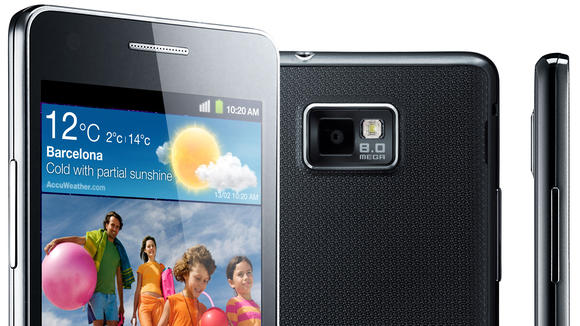
You’d be forgiven for feeling a sense of deja-vu as Samsung saw out 2011 with a laundry list of Galaxy models including the R, the W, the Y, the XCover, the Stratosphere, and most notably the Galaxy Nexus. The pattern continued in 2012 with the Ace Plus, the Beam, the Pocket, and then in the summer Samsung’s greatest success so far.
The Galaxy S3 boasted a 1.4GHz quad-core processor (1.5 GHz dual-core in some markets), 1GB or 2GB of RAM, a 4.8-inch display with a 720p resolution, and an 8-megapixel camera. It proved to be the fastest-selling Android smartphone to date and Samsung has sold over 40 million S3 handsets in 145 countries so far, meaning it’s selling at roughly double the rate of its predecessor.

For the rest of 2012 Samsung continued to pump out a huge number of Galaxy devices from the Stellar, to the Reverb, to the Rugby Pro. Samsung even released a camera under the Galaxy brand. This year has started in much the same way as the hype grows deafening in the buildup to the release of Samsung’s next flagship, the Galaxy S4, which is expected to outsell its predecessors.
Relationship with Google
The Nexus S was released in December 2010 and, as a co-development with Google, it seemed to indicate Samsung’s coming of age in the Android market. It was the first Android device with NFC (near-field communication) and it got a fairly good reception. The partnership obviously went well enough that the two companies collaborated again to release the Galaxy Nexus just under a year later. It boasted a high definition 720p display and launched version 4.0 of the Android platform, codenamed Ice Cream Sandwich. This time the reviews were universally positive, but because of the direct Web sales strategy from Google and the lack of sales statistics from carriers like Verizon and Sprint, we don’t know how many people actually bought one.

It looks like that will be the last collaboration between the two companies for the foreseeable future as Motorola is widely expected to produce the next Google Android smartphone. Rumblings in the tech press suggest that Google is concerned about Samsung’s dominance in the Android field.
Tablets and hybrids
Samsung hasn’t confined the Galaxy brand to smartphones; it has also released the Galaxy Tab range of Android tablets and the Galaxy Note smartphone/tablet hybrids. The first Galaxy Note was a surprise success and sold over 10 million units since its release at the end of 2011. It combined powerful specs with a 5.3-inch display and a special stylus with unique functionality and related software, known as the S-Pen. Its successor, the Galaxy Note 2, upped the display to 5.55 inches and is arguably Samsung’s current flagship packing a 1.6GHz quad-core processor, 720p resolution display, 2GB of RAM, and storage capacity up to 128GB (if you use a microSD). It was released at the end of September 2012 and sold 5 million units in the first two months.
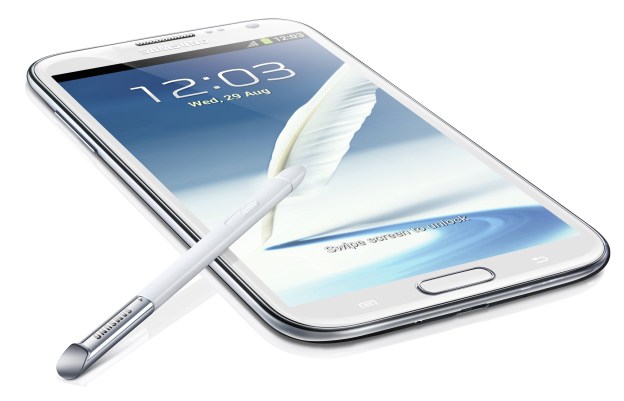
When it comes to tablets, Samsung’s success has apparently been more modest. The range includes releases at various sizes from the 7-inch display of the Galaxy Tab 7.0 through 7.7 and 8.9 to 10.1. The Galaxy Note 10.1 is its biggest and best tablet so far and it combines the S-Pen from the smaller Note models with a large form factor traditional tablet. None of these tablets have come to rival the iPad, or even Amazon’s Kindle Fire, which remains the most popular Android tablet.
Can Samsung do it again?
With reports that Samsung is planning to sell 10 million Galaxy S4 handsets a month and Galaxy S4 rumors in overdrive, we expect fireworks on March 14 (today). The trick Samsung has pulled off so successfully so far is to flood every area of the market with Galaxy devices and yet keep its flagship S series distinct. This is partly due to the design and the quality, but clever marketing has also played a huge part. Can Samsung continue to dominate so thoroughly, or has it finally grown fat and lazy on too much success?
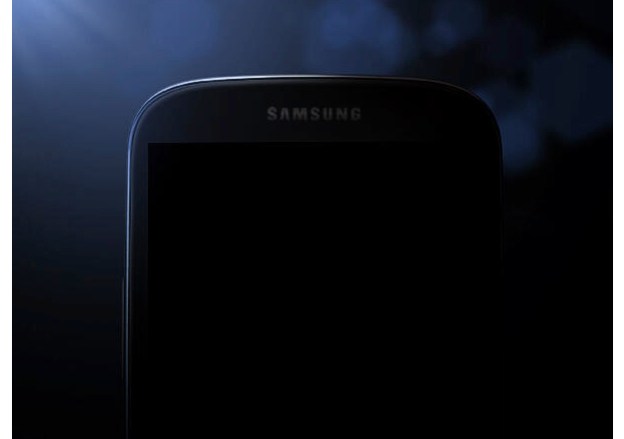
Whatever happens later today, it will be the start of a new chapter in the history of the Galaxy brand. If history is any indication, the Galaxy S4 is going to be one wildly successful phone.
Editors' Recommendations
- The best Samsung Galaxy Watch in 2024: Which one should you buy?
- How to fix the ‘Not Registered on Network’ error on a Samsung Galaxy phone
- Best Samsung Galaxy S22 deals: Save big on unlocked models
- Samsung Galaxy S24 vs. Galaxy S22: Do you really need to upgrade?
- Samsung just launched a $400 phone in the U.S., and it looks great
